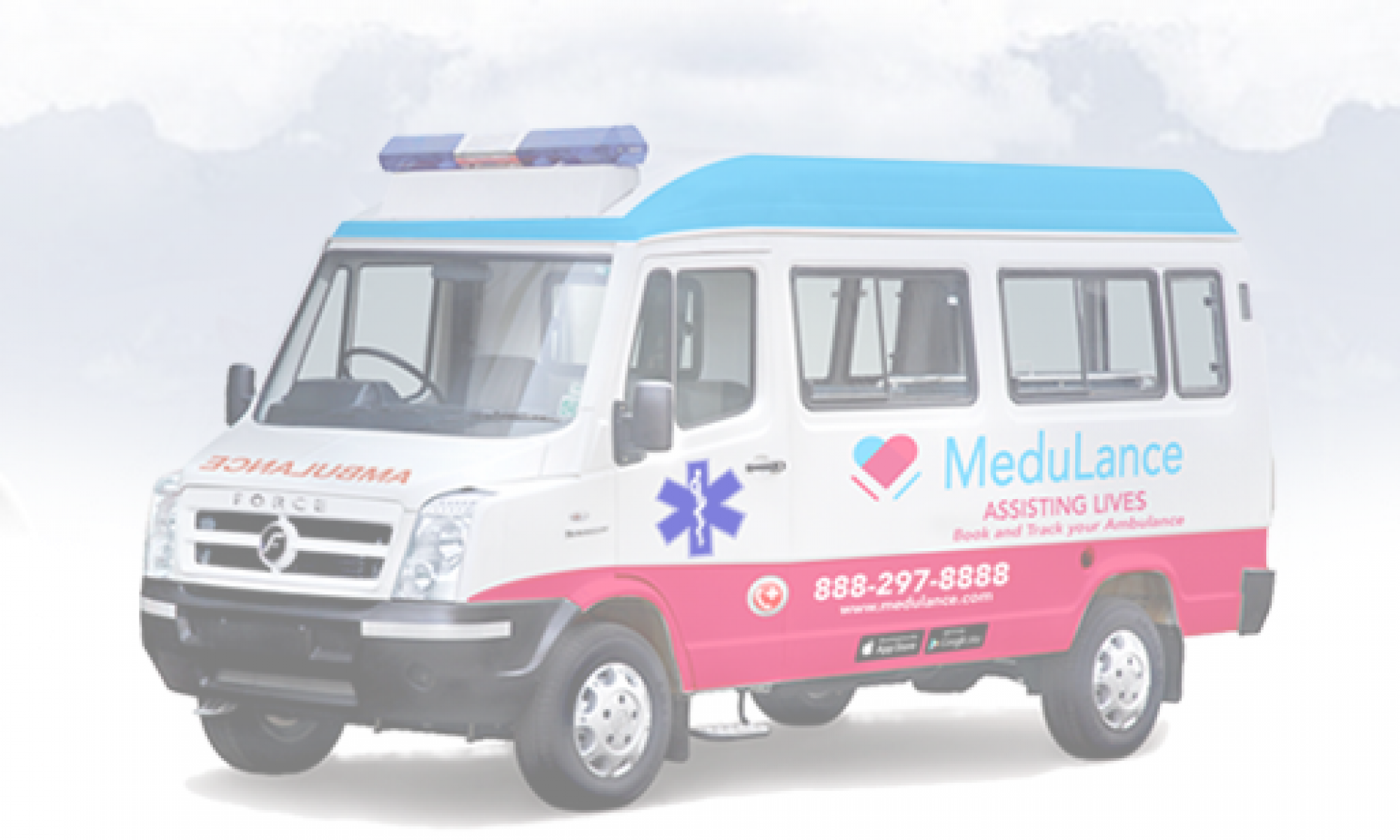When an emergency occurs and the nearest hospital is too far away, ambulances rescue lives on the spot. In the event of an emergency, first responders must dispatch, and the quality of ambulance equipment is critical.
These ambulance services are perfectly equipped to handle any situation, whether it’s a stroke, a stairwell fall, or a gunshot wound. But do you know what kind of ambulance equipment is in these trucks that rescue people on the verge of death? Aside from heavy-duty batteries that keep vehicles running, the following items are always found in an ambulance:
- ECG monitor and a Defibrillator
An ECG monitor – monitors the vital signs of the patient being transported. A defibrillator is used to stabilise a heart that has gone into cardiac arrest or to resuscitate a patient who has collapsed.
- Spinal board
This ambulance equipment offers a mechanism for immobilising and transporting patients with suspected spine trauma. In tough settings, the spinal board allows first responders to lift the patient during extrication or transportation.
- Bed or Stretcher equipment
This is the most crucial piece of non-emergency ambulance equipment. The patient must be transferred to the hospital and then to his or her home. This necessitates the use of either a wheelchair or a stretcher. For patients with head or spinal injuries, the ambulance service must additionally contain spinal support boards and collars.
- Transport Ventilators
Transportation that is automated When a patient who is unable to breathe independently is transferred to a hospital, a mechanical ventilator is used to replace bagging (manual ventilation).
- Infusion Syringe Pumps
An infusion (or withdrawal) syringe pump is a piece of medical equipment that can either infuse or withdraw liquid into or from the patient’s body at a set flow rate and volume.
- Cot, Patient Shifting Rolls, and Ambulance Chair
Cots are extremely useful when the patient is on a higher storey of a building, is unable to move, or may worsen their condition with movement. During transportation, patients with spinal injuries are fitted with special spinal support boards and collars. Shifting roles are necessary if your patient is not traumatised but is unable to move with his own legs. The ambulance chair, on the other hand, is the most commonly employed mode of transport from the patient’s residence to the back of an ambulance.
- A Nebulizer
A nebuliser is designed to vaporise liquid medication into a mist for the patient to inhale on the route to the hospital. This is utilised when medicine must be provided to a patient immediately in order to provide instant relief.
- Oxygen Supply Units
Oxygen supply units are one of the most important pieces of ambulance equipment since they can be used to help fire victims, patients with respiratory problems such as asthma, or to resuscitate a collapsed patient.
- A Sphygmomanometer
The Sphygmo is a common blood pressure measurement device. It comprises an inflatable rubber cuff that is wrapped around the arm and attached to a spring in a mechanical manometer adjacent to a graded scale, allowing the determination of systolic and diastolic blood pressure by gradually increasing and releasing the pressure in the cuff. This device is intended to take the blood pressure of a patient who requires immediate medical intervention.
- Rescue splints and bandages
These items are commonly found aboard ambulances. It is now possible to immobilise joints in an effective and simple manner thanks to them. The most common splints come in a variety of shapes and sizes to best fit fractured or sprained joints.
The equipment described above is the 10 most important components of an ambulance. Still, there are many more that help patients stabilisation until they are transported to an emergency center or a hospital.
These are basic devices that can be found in every ambulance service around the world. You might find something extra, such as in pediatric ambulances, or something different, such as within NCBR ambulances or Anti-contamination ambulances.
